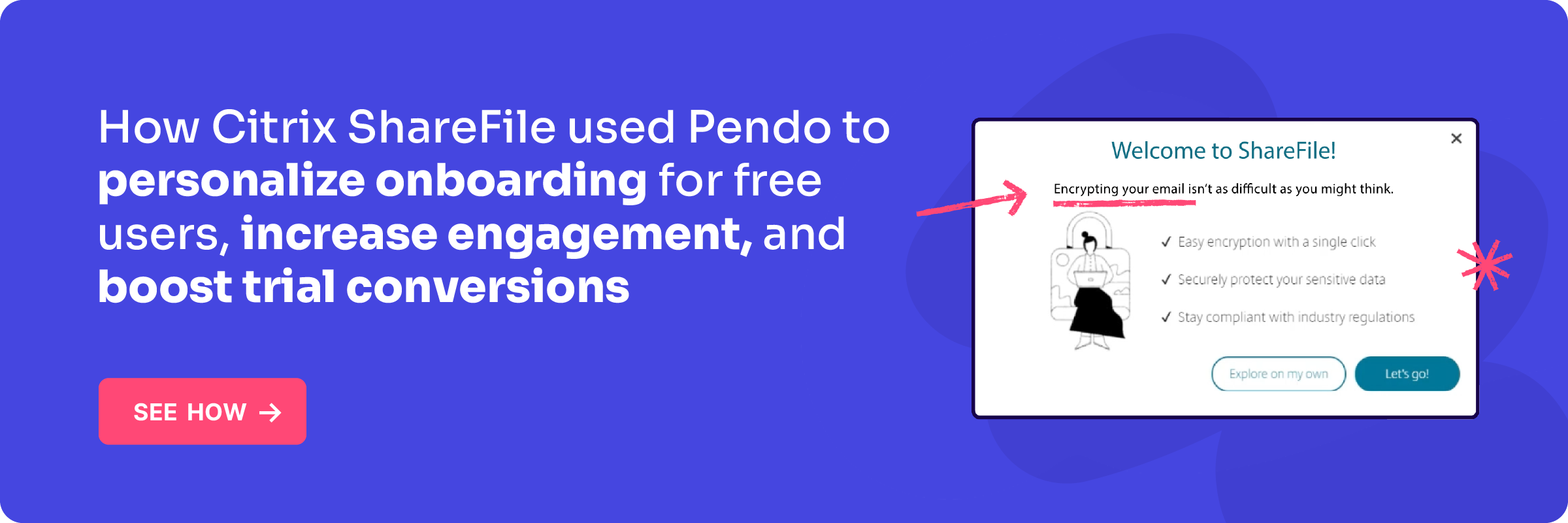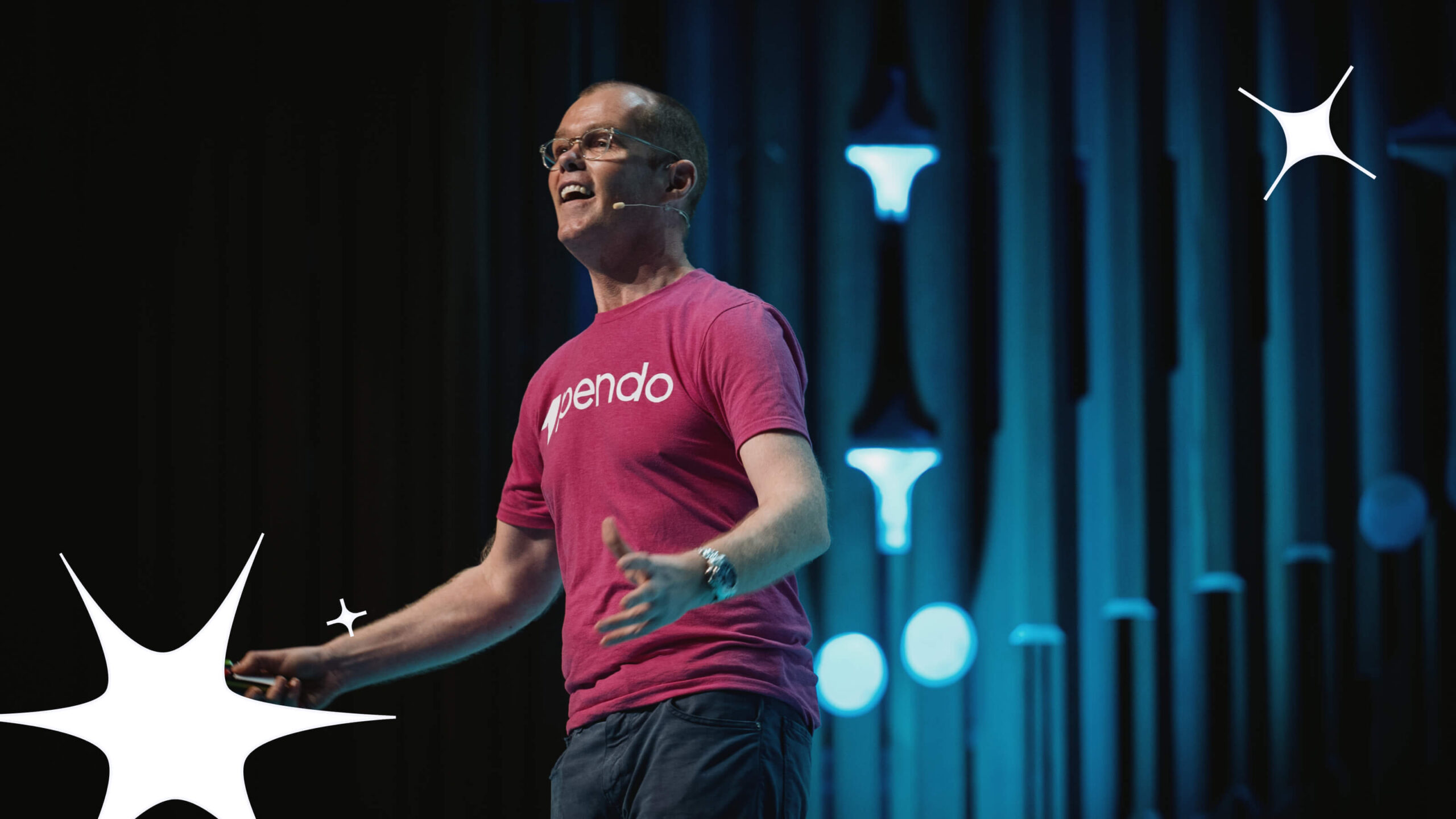Right now, business is in the middle of a massive, undeniable shift towards software products. It’s changing how go-to-market (GTM) teams operate–including marketing. And we’re going to talk about that. But first, let’s talk about pizza.
The round, cheesy, delicious pie came to America in the 1800s via Italian immigrants and it hasn’t changed very much since. But as anyone with a mouth will tell you, not all pizza is created equal. When you ask someone about their favorite pizza they are likely to passionately advocate for the best pizza in their hometown (Volcano’s Pizza in Elkhart, IN is the best pizza in the world and I will shout that from a mountain top).
The pizza you won’t hear a lot of folks advocating for is the pie you can purchase at the ubiquitous global chain, Domino’s. Now, I’m not here to get down on the quality of Domino’s–it’s not bad, it’s just decidedly mediocre. According to a quick poll I did of people with good taste, no one ranked it as their favorite (I asked my wife and toddler). That being said, Americans eat a whole lot of Domino’s. The company has sales over $12B a year and a market cap over $18B.
Where pizza and software meet
Domino’s makes pizza, but that’s not what they sell. They sell fast, affordable, crowd-pleasing sustenance that’s fun and easy to buy. What makes their pizza fast, fun, and easy to buy? You guessed it: amazing software. Domino’s boasts a great logged-in web experience, mobile app, and of course, the Pizza Tracker.
Domino’s has created an amazing customer experience by optimizing the buying process with software. This doesn’t happen without all their teams aligned around the customer and the product. And while Domino’s is a very well known example of a company that’s shifted to being product led (and are winning because of it), this is happening everywhere.
Think about why you buy a certain type of product and how that’s changed over time. We talked about pizza, but what about your bank? It used to be about having the closest ATM, now it’s about having the best app. For fitness products, it used to be about the equipment, but now it’s about the software and community (looking at you, Peloton).
What the rise of product led means for marketing
Today, people expect to be able to try products for free, that they will be a joy to use, easy to learn, and that they’ll be able to get quick support or upgrade without having to talk to a human. It’s the open secret to why Domino’s (and Slack, Zoom, OKTA, Zendesk, and many others) are dominating their categories. They deliver this experience better than the competition.
If you’re reading this blog post then you probably already know this. You may have even read this book that goes very deep on the topic. But here’s something that we don’t talk about enough with product led: What are marketers to do in this new world?
Being product led results in a much different go-to-market approach. Leads and MQLs are shed in favor of free users and product qualified leads (PQLs). Product is often partially responsible for a revenue number, and your app becomes the most important marketing channel. This isn’t to mean sales, service, and marketing aren’t important–it’s just different.
As a field, marketing is adapting to this change in many ways. But there are five big shifts that marketers at product-led organizations should keep in mind:
1. Your product is your best marketing channel
Since most companies rely on a familiar few marketing channels (ads, content, social, email), the emergence of any new one is a big deal. At product-led companies, the product is an opportunity for every team to achieve their goals–including marketing.
Marketing teams need the ability to communicate with customers and free users in-app. When done well, this means contextualized help to fuel in-app adoption and upsell campaigns. Marketers can also message specific sets of users who take an action in the product that indicates intent and deliver information to help them achieve their goals.
When compared to email, in-app messaging consistently drives higher engagement and conversion rates. One of Pendo’s customers, Healthicity, even saw 12x more engagement with their guides when compared to email. This doesn’t mean you’ll stop using email, ads, and social media platforms. But if you really want users to register for your event, try a new service, or get a demo of a new feature, you’ll include in-app guides in your strategy.
2. Product launches shape your operating model
In the past, marketing didn’t really need to care about the product. There was less competition, customers were locked into longer contracts, and people were just generally less technical. The goal was to reach users with a specific problem and sell them on your value. What happened after that didn’t matter much because users had nowhere else to go. Today, unhappy buyers leave immediately and tell the world about their experience. Not to mention they have lots of options, are very technically savvy, and other tools are free and easy to try.
The companies that succeed in this environment rally all their GTM teams around the product. They do this with a drumbeat of highly coordinated product launches–quarter over quarter, something new and exciting rolls out to the market. These products and features are positioned well and come with great marketing campaigns.
And a great launch is a forcing function–product, marketing, sales, and service must all come together to pull them off. This is how you create ongoing alignment.
3. Free users are your most important audience
There are plenty of examples of “freemium” becoming an amazing acquisition channel for a business (e.g. Slack, Canva, Survey Monkey). At product-led companies, the belief is that the product itself will nurture these free users into paying customers (aka product-led growth).
While this does happen (when done right), the pool of free users you need in order for it to work at scale is massive. So, marketing teams need to do one of two things (or both). The first: create a massive organic acquisition channel to make this pool as big as possible (this usually requires a lot of paid media). The second: aggressively market and sell into free users to increase conversion rates and speed up the process.
With balance, the second option is a great idea. When product launches become your operating system, focusing these launches on your pool of free users is a great way to increase conversions. This group of users already knows your company and product (and likely values it), which means you’re doing much less education. When you pair that with the power of in-app messaging, these users are very easy to reach–quickly making them your most important audience.
4. Marketing will care more about adoption
In a world where buyers demand the best product experience, adoption is the key to success. If your customers aren’t adopting your products, that means they aren’t getting value, and they’ll churn. The products with the highest adoption also have the happiest customers–customers who tell their friends about their experience. And whether we like it or not, word of mouth is still the undisputed heavyweight champion of the marketing world.
It’s no surprise that product-led companies obsess over adoption. It’s everyone’s job, including the marketing team. Think about it: Marketing already has all the right tools to influence and increase adoption. Things like narratives and messaging, social proof, offers, how-to content, and videos can help drive adoption of software products, too. Again, when paired with in-app guides to easily deliver this content, marketing organizations can have a massive impact on adoption.
5. Narrative, content, and education are the focus
The impact of salespeople is generally undervalued. They close deals of course, and get the appropriate credit for that. But they also spend a ton of time educating buyers about what your company offers and why it’s valuable.
The problem is, a big sales team is expensive. Product-led companies often employ less sales people. This lowers costs and helps them operate more efficiently, but means they miss out on the educating value of sales. Marketing can and should fill this gap, but we’ve got to become better storytellers.
In the last decade, we’ve seen that companies that go to market with a powerful narrative, amazing content engine, and a strong point of view win. Companies like HubSpot, Gong, Wisita, and Zendesk. Doing this has always been important for marketing, but at a product-led company (with a smaller sales team), it has to be executed flawlessly and still be true to the product. This effort isn’t product marketing’s job alone, but their impact here can’t be underestimated.
Back to pizza
Pizza brings people together. It’s one of a handful of nearly universally-loved foods. That’s why we order it for birthday parties, ball games, and Friday movie night.
Product-led organizations need to do the same: bring people together. Too often being product led is a dark art, only something product or growth experts can dabble in. But marketers need to be involved. Not only that, we can have a massive impact as part of it! It first requires us to change how we think about our role and evolve along with our buyers. It’s the only chance your company has at sticking around for 200 years like the loveable round, cheesy pie the whole world loves.



